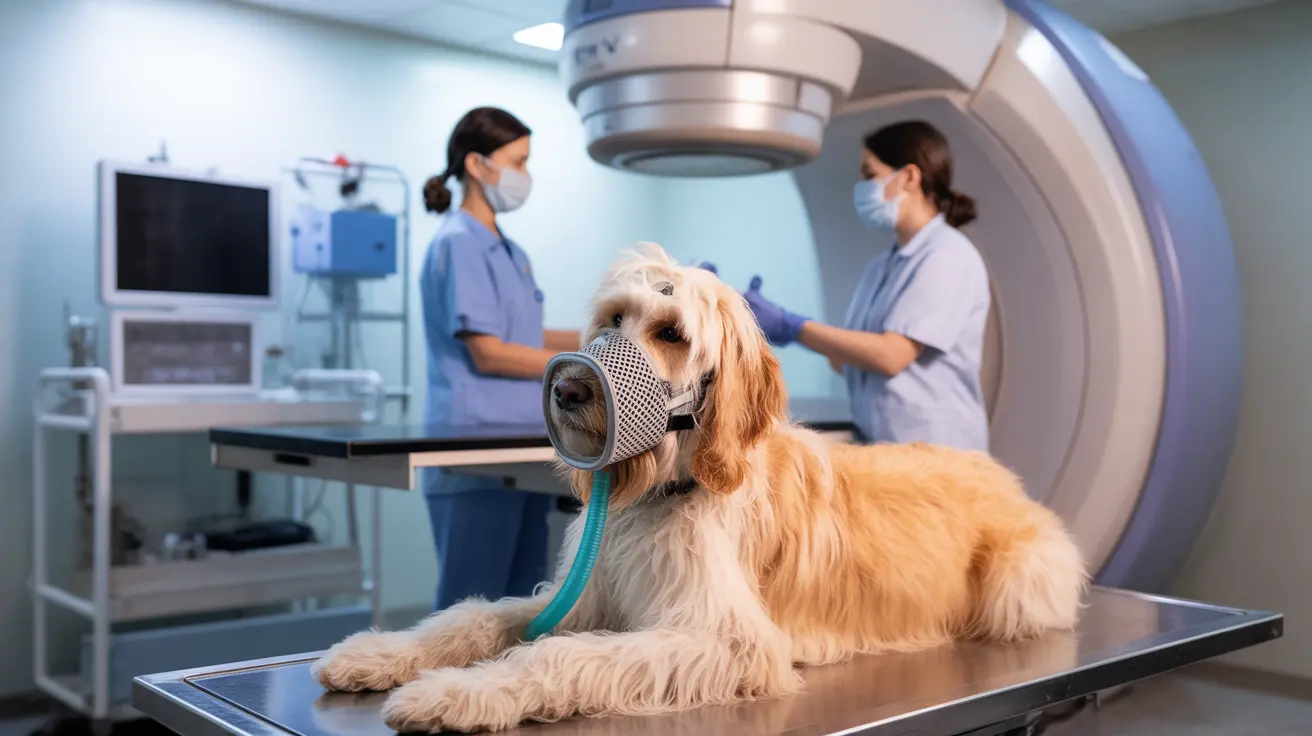Recognizing the Symptoms of Addison's Disease in Dogs
Addison's disease, or hypoadrenocorticism, is a hormonal disorder in dogs caused by insufficient production of cortisol and aldosterone by the adrenal glands. This condition can be difficult to detect early due to its vague and variable symptoms. Prompt recognition and veterinary care are essential for effective treatment and to avoid life-threatening complications.
Understanding the Role of Adrenal Glands
The adrenal glands are located near the kidneys and are responsible for the secretion of vital hormones that regulate various bodily functions, including:
- Response to stress
- Blood pressure regulation
- Electrolyte and water balance
- Metabolism
When these glands fail to produce adequate hormone levels, the body cannot function properly, leading to serious health issues.
Common Symptoms of Addison’s Disease
Symptoms of Addison's disease often begin subtly and may be intermittent. This can make diagnosing the disease more challenging for pet owners and veterinarians alike. Key symptoms include:
- Lethargy or low energy levels
- Weakness
- Reduced appetite
- Weight loss
- Vomiting
- Diarrhea
- Increased thirst and urination
- Shaking or trembling
- Abdominal pain
- Weak pulse and irregular or slow heart rate
Many of these symptoms may worsen during periods of stress, as affected dogs cannot produce extra cortisol to manage those situations.
Life-Threatening Addisonian Crisis
In some cases, dogs with Addison's disease may suffer from an Addisonian crisis, a medical emergency characterized by a sudden and severe manifestation of symptoms. These include:
- Sudden collapse
- Severe vomiting and diarrhea
- Dehydration
- Abnormally slow or irregular heart rate
- Cold limbs
- Pale gums
This condition requires immediate veterinary intervention and supportive care.
High-Risk Groups
While Addison's disease can affect any dog, it is most commonly diagnosed in young to middle-aged female dogs. Certain breeds are genetically predisposed, including:
- Standard Poodles
- Portuguese Water Dogs
- Bearded Collies
- Nova Scotia Duck Tolling Retrievers
- Leonbergers
- Labrador Retrievers
- Great Danes
- West Highland White Terriers
- St. Bernards
Diagnostic Procedures
Diagnosis begins with a thorough examination and lab tests, as symptoms are often nonspecific. Important diagnostics include:
- Blood tests to check electrolyte imbalances, especially low sodium and high potassium
- ACTH stimulation test to assess adrenal function
- Urinalysis
- ECG for heart function
- Abdominal ultrasound
Emergency Treatment for Addisonian Crisis
If a crisis occurs, immediate treatment is critical. This may involve:
- IV fluids to rehydrate and stabilize blood pressure
- Medications to correct electrolyte imbalances
- Antiemetics
- Intravenous corticosteroids such as dexamethasone
Long-Term Management
Dogs with Addison’s disease require lifelong hormone replacement therapy. This typically includes:
- Daily administration of glucocorticoids like prednisone
- Mineralocorticoids such as fludrocortisone (oral) or DOCP injections
- Access to fresh water at all times
Monitoring and Veterinary Visits
Routine check-ups are crucial to successful management. These include:
- Regular labs to monitor electrolytes
- Adjustments in medication during times of stress or illness
- Consistent medication schedules
- Immediate veterinary attention if symptoms return or worsen
Owners should never stop medications abruptly or alter dosages without guidance from their veterinarian.
Prognosis
With consistent treatment, dogs diagnosed with Addison’s disease usually enjoy a normal or near-normal life expectancy. Most pets resume normal levels of activity and maintain a good quality of life.
Conclusion
Addison’s disease is often called “the great imitator” due to its elusive nature, but understanding the symptoms and the importance of early detection can make a significant difference. Pet owners should be vigilant, especially if their dog belongs to a high-risk breed or shows recurrent signs of digestive distress, lethargy, or collapse. Timely veterinary care and proper management are key to ensuring a happy, healthy life for dogs living with this condition.





